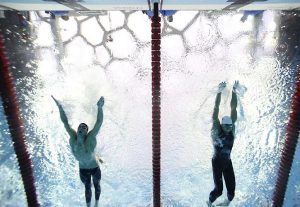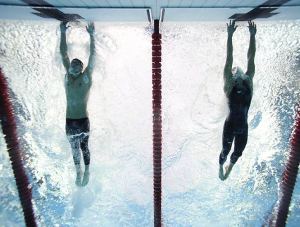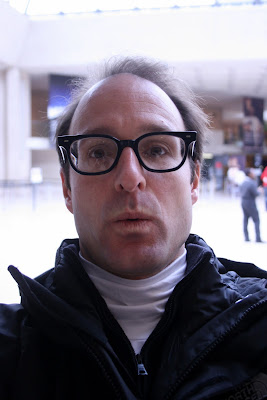February 29
This neat graph shows the date (in GMT) of the summer solstice (the moment the sun reaches it northernmost position in the sky, or the beginning of summer in the northern hemisphere) through the years. As the summer solstice occurs on the same astronomical date each year (although changes may occur on much larger time scales), the graph basically shows the difference between real, astronomical time and the Gregorian calendar. Each year, the Gregorian calendar is approximately 0.26 day faster than the astronomical calendar, which is corrected by a leap day once every four years. This 4-year cycle is clearly visible in the graph. To compensate for the largest part of the remainder of the difference, there is no leap year in 1800, 1900, 2100, 2200, as can be clearly seen in the graph, too. Note that the summer solstice in 1800 and in 2200 are not on equal dates; this shows that the leap year compensation as describes before is not perfect and more complicated schemes are necessary to keep the Gregorian calendar synchronized over even longer time scales.
Source: Calendopaedia - The Gregorian Calendar; graphic from Wikipedia

















































